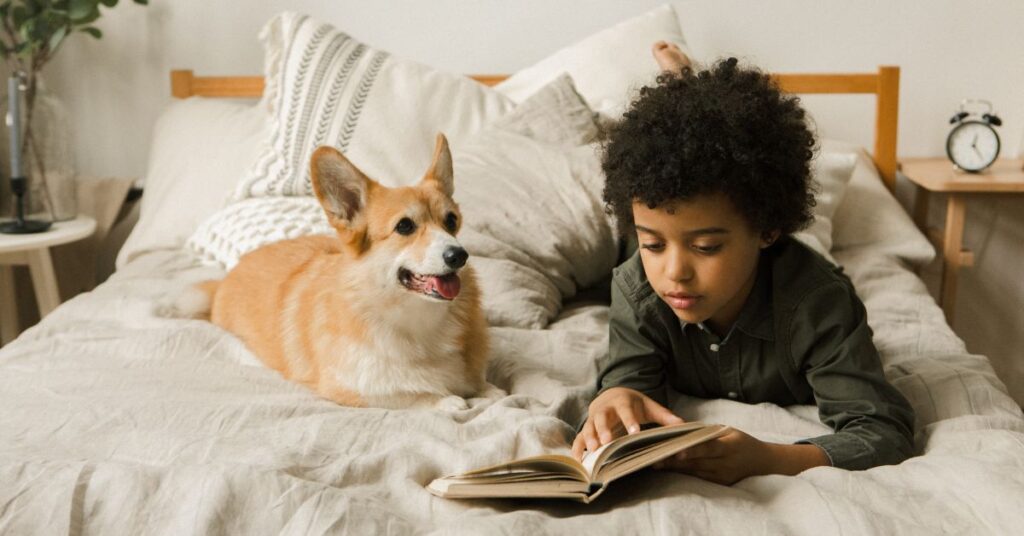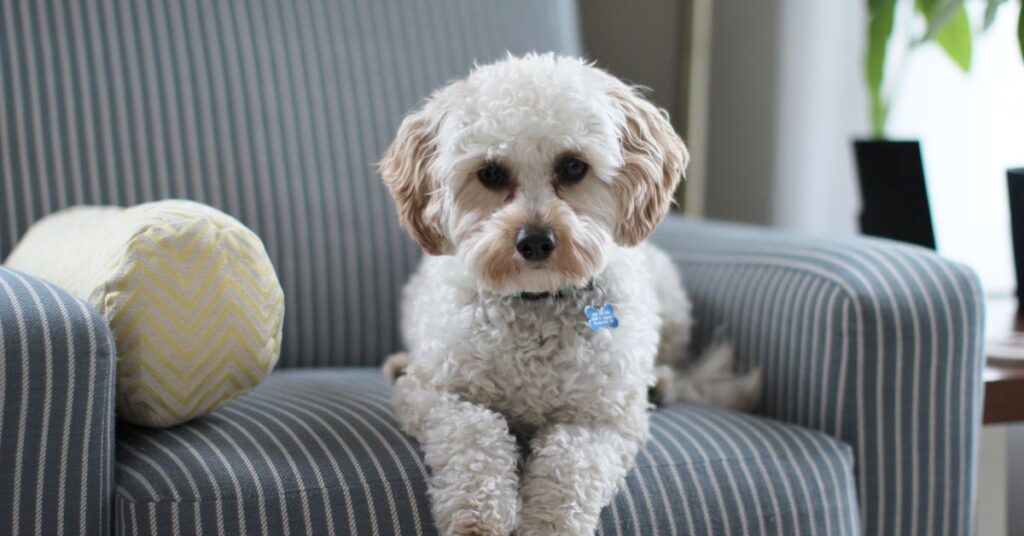Introduction
Is there anything more heartwarming than a wagging tail and a happy, well-groomed pup? Whether you’re a seasoned pet parent or a newcomer to the joys of pet friendship, mastering the art of pets at-home dog grooming is essential for your furry friend’s well-being.
In this guide, we will cover all aspects of dog grooming, including basic and advanced techniques. Get ready to unleash your inner dog groomer and create a spa-like experience for your canine companion!
Discover the Ultimate Guide to Pets at Home Dog Grooming for a Happy Pup!
Welcome to the exciting world of pets at-home dog grooming! As a dog owner, you can strengthen your bond with your furry friends by ensuring their health and happiness. Grooming isn’t just about appearances – it’s about maintaining your dog’s overall well-being. So, grab your grooming supplies, and let’s embark on this paw-some journey together!
Understanding the Importance of Pets at Home Dog Grooming: A Comprehensive Guide
Home Dog Grooming isn’t just a luxury spa day for your pup; it’s an essential aspect of responsible pet ownership. Regular grooming sessions offer more benefits than meets the eye. Keeping your dog clean and well-groomed has multiple benefits. It improves their coat’s shine, prevents matting, reduces shedding, and helps you detect potential health issues early, contributing to their happiness and comfort.
Getting Started with Basic Supplies
Before starting to groom your dog, it’s crucial to have all the necessary tools and products. Your home dog grooming toolkit should include essentials like a good-quality brush, gentle shampoo, nail clippers, ear cleaner, and a comb. These items will set the foundation for successful grooming sessions and ensure your dog’s safety and comfort throughout the process.

Home Dog Grooming
Bathing Your Pooch
Q: How often should I bathe my dog?
A: The frequency of baths depends on your dog’s breed, coat type, and lifestyle. It’s recommended to bathe your furry friend once every 4-6 weeks for a fun and bonding experience. Start by brushing your dog’s coat to remove any tangles, then use lukewarm water and a dog-friendly shampoo to lather up. Be sure to rinse thoroughly and use treats or praise to create positive associations with bath time.
Brushing and Detangling
Q: Why is brushing important for dogs?
A: Brushing removes dirt, debris, and loose fur from your dog’s coat, preventing mats and promoting healthy skin and circulation. Regular brushing is essential for your dog’s coat health and bonding with your pet. The right brush for a dog’s coat type is very important.
Nailing the Nail Care of Dog
Q: How do I trim my dog’s nails without causing pain?
A: Use sharp, guillotine-style nail clippers and trim a small amount at a time, avoiding the quick (the blood vessel inside the nail).
Trimming your dog’s nails can be intimidating, but with practice and patience, you can become a nail-clipping pro. It’s important to keep nails well-maintained to avoid discomfort and health issues. It’s advisable to consult with a qualified groomer or veterinarian for guidance.
Splendour in the Fur: Coat Care
Different dogs, different coats! From short and smooth to long and luxurious, each coat type requires specific care. Regular brushing, appropriate shampoos, and conditioning treatments are essential to keep your pup’s coat healthy and beautiful. Remember, a well-cared-for coat reflects your dog’s overall health and happiness.
The Eyes Have It: Cleaning and Care
A dog’s eyes are windows to its soul, so keeping them clean and healthy is crucial. Use a damp cloth or a gentle eye cleaner recommended by your veterinarian to remove any debris. If you notice excessive tearing or redness, consult your vet, as these could be signs of an underlying issue.
Canine Pearly Whites: Dental Hygiene
Q: How can I take care of my dog’s teeth at home?
A: Regularly brush your dog’s teeth using a dog-friendly toothbrush and toothpaste. It is important to clean your dog’s teeth using a toothbrush and toothpaste that is safe for dogs. Make sure to provide them with this dental care regularly.
Dental health is crucial for overall well-being, and ignoring it can result in severe health problems. Get into the habit of brushing your dog’s teeth several times a week, and consider providing dental treats and toys to help keep their pearly whites in tip-top shape.
Scent-national: Dealing with Dog Odor
Q: My dog has a strong odour. What can I do?
A: Bathe your dog regularly, keep their bedding clean, and address any underlying health issues with your veterinarian.
While a bit of doggy odour is normal, an overpowering smell could be a sign of an underlying problem. Regular baths, a clean living environment, and a balanced diet can all contribute to a fresher-smelling pup. If the odour persists, it’s best to consult your vet to rule out any potential health concerns.
The Scoop on Ears: Ear Care for Dog
Ears are prone to infections, especially in breeds with floppy ears. Regularly inspect your dog’s ears for signs of redness, swelling, or foul odour. Gently clean them using a veterinarian-recommended ear cleaner, and avoid inserting anything deep into the ear canal.
Paws and Effect: Paw Care
Q: How can I soothe my dog’s dry or cracked paw pads?
A: Apply a pet-safe paw balm or coconut oil to moisturize and protect the paw pads. Consider using dog booties to prevent further damage.
Your dog’s paw pads are sensitive and can be susceptible to drying out or cracking, especially in extreme weather conditions. Keep them moisturized and protected to ensure your dog is comfortable during walks and playtime.
The Art of Dog Haircuts: Trimming and Styling
Whether you have a breed that requires regular haircuts or you simply want to give your pup a stylish makeover, trimming and styling can be a creative and rewarding aspect of grooming. Use appropriate tools to achieve the desired appearance with precision and accuracy.
Dog Grooming for Different Breeds

Home Dog Grooming
Different dog breeds have unique coat textures, lengths, and grooming requirements. For instance, a poodle’s curly coat requires frequent trimming, while a Labrador’s short coat needs minimal maintenance. Research your dog’s breed to understand their specific grooming needs and tailor your routine accordingly.
Dealing with Mats and Tangles
Tangles and mats can be uncomfortable for your dog and lead to skin irritation. Use a detangling spray or conditioner and work through knots gently using a wide-toothed comb or a slicker brush. If the mats are severe, consider seeking the help of a professional groomer.
Showstopper: Enhancing Your Dog’s Appearance
Q: How can I make my dog look their best?
A: Regular grooming, stylish trims, and accessorizing with dog-friendly accessories can enhance your dog’s appearance.
Whether you’re preparing your dog for a special occasion or simply want to make them stand out, a little extra effort can go a long way. Grooming, creative trims, and even fashionable bandanas or bows can help your dog look and feel their best.
Handling Shedding: Fur Management
Managing shedding can reduce the amount of fur in your home.. Having pet fur in your home can be reduced by providing a balanced diet rich in essential nutrients. Additionally, providing a balanced diet rich in essential nutrients can contribute to a healthier coat.
A Nose-to-Tail Health Check
Grooming your dog at home is more than just making them look good, it’s also an opportunity to conduct a thorough health check. While you groom, take the time to examine your dog’s skin, eyes, ears, teeth, and overall body condition. Detecting potential issues early can lead to timely interventions and a happier, healthier pup.
Professional Help: Choosing a Groomer
If your dog has a complex coat, needs breed-specific styling, or if you’re uncomfortable with certain grooming tasks, a professional groomer can help.
While at-home dog grooming is a wonderful bonding experience, there are times when seeking professional help is the best choice. If your dog’s grooming needs are beyond your expertise or if you simply prefer to leave it to the professionals, a skilled groomer can provide top-notch care for your furry friend.
Positive Reinforcement: Rewarding Grooming
Making grooming a positive experience for your dog is crucial. Use treats, praise, and toys to reward good behaviour during grooming sessions. Positive reinforcement helps build trust and ensures that your dog associates grooming with enjoyable moments.
FAQs about Pets at Home Dog Grooming
Q: How frequently would it be advisable for me to brush my canine’s jacket?
A: Regular brushing is recommended, with frequency depending on your dog’s coat type. are Long-haired breeds might require everyday brushing, while short-haired varieties can be brushed a couple of times each week.
Q: Could I at any point utilize human cleanser on my canine?
A: No, human shampoos are formulated differently and can be harsh on a dog’s skin. Always use a dog-specific shampoo to avoid skin irritations.
Q: Should I trim my dog’s whiskers?
A: Whiskers are sensitive and serve a purpose for dogs. Avoid trimming them unless advised by a veterinarian for medical reasons. Pets at Home Dog Grooming is best to great your put health and safer
Q: How much is dog grooming for pets at home?
A: The cost of dog grooming for pets at home varies based on factors like the dog’s size, breed, and services needed. On average, it can range from $30 to $90 per session.
Conclusion
Congratulations, you’ve completed your crash course in pets at home dog grooming! By now, you’re equipped with the knowledge, tools, and confidence to give your furry friend the grooming experience they deserve. Remember, grooming isn’t just about aesthetics – it’s a way to show your love and care for your four-legged companion. Happy grooming, and here’s to many joyful and healthy moments with your pup!
